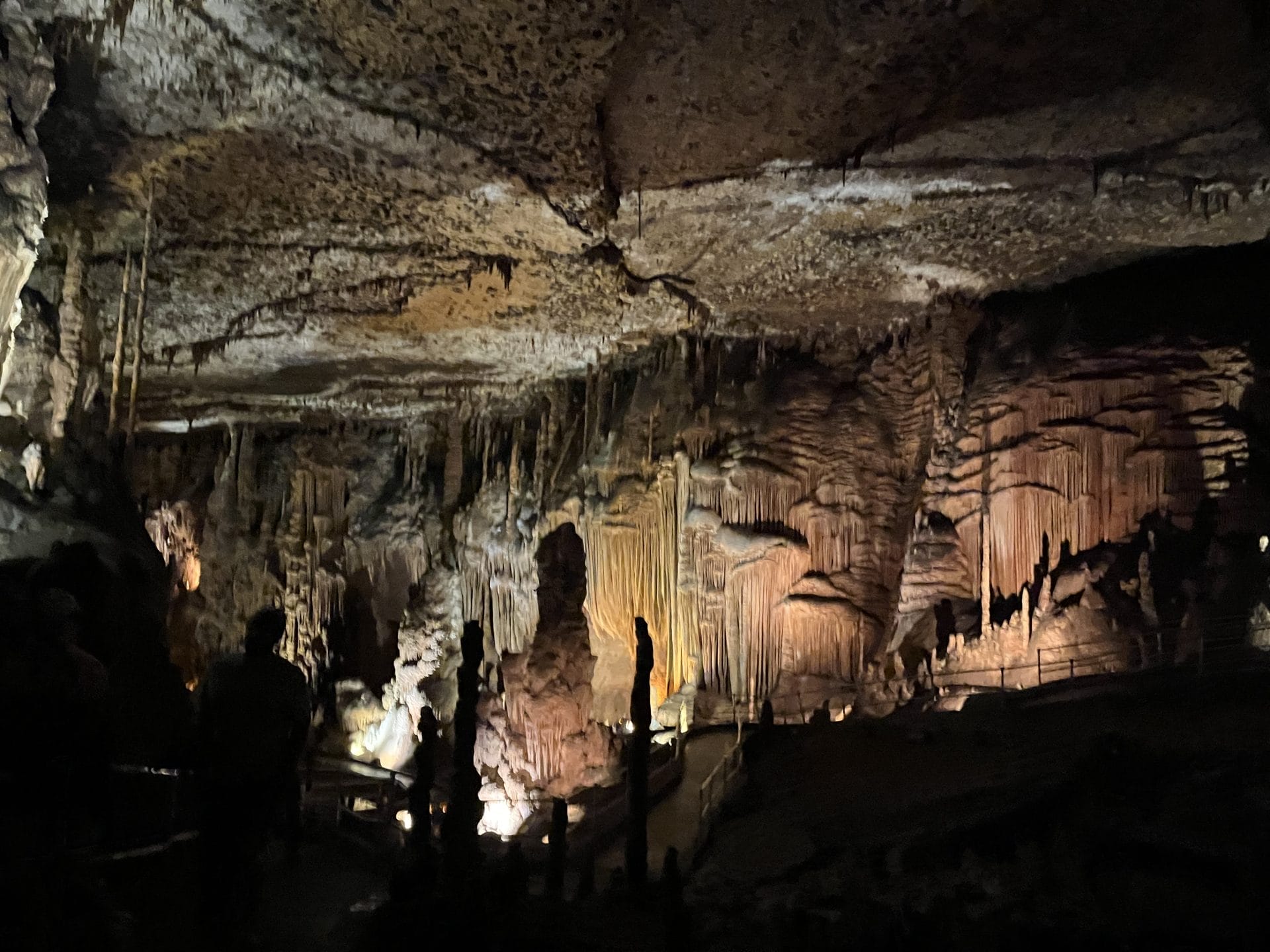

Uh oh...
It appears that you're using a severely outdated version of Safari on Windows. Many features won't work correctly, and functionality can't be guaranteed. Please try viewing this website in Edge, Mozilla, Chrome, or another modern browser. Sorry for any inconvenience this may have caused!
Read More about this safari issue.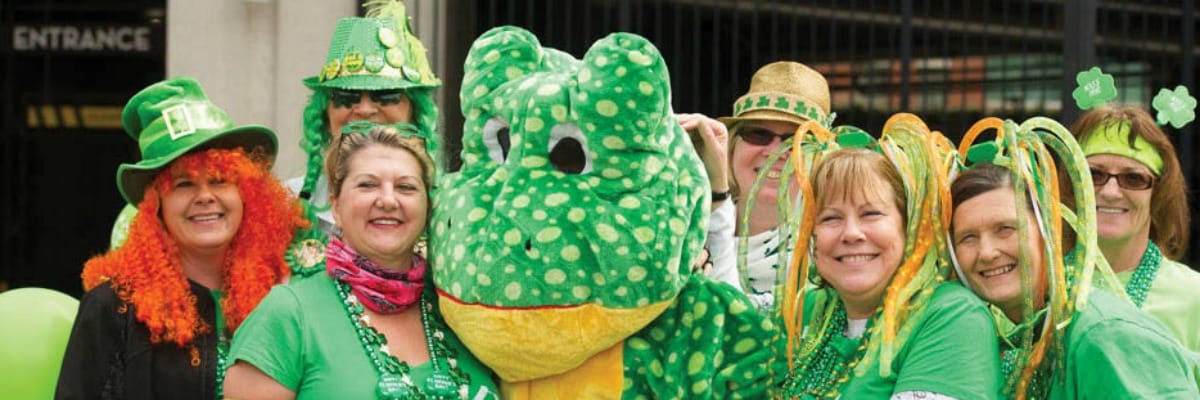

Whether it’s a longing for spring and warm weather, a sense of a new beginning or just a turn of the calendar, it seems everyone becomes a little Irish when March rolls around. We green up our wardrobes, fill vases with shamrocks and daffodils, and cook up vats of corned beef and cabbage. And even though we’re told it’s not truly Irish, we serve it up with fervor, Irish soda bread and mugs of Guinness Stout™.
For many Arkansans, it’s not something we pretend to be; being Irish is knotted throughout the branches of our family trees. It’s in the stories we share and the longing for ancestral connections. Our names may not be O’Brien or O’ Sullivan, but we’re Irish nonetheless.
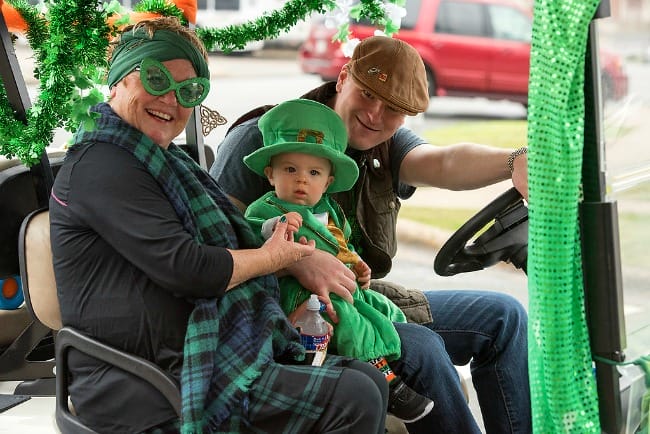
Beginning in the 1820s, Irish immigration to the United States greatly increased due to the need for labor in canal building, such as the Erie Canal, and other civil construction projects in the Northeast. Small, tight-knit communities of Irish developed in cities such as New York, Boston and Philadelphia. Many of those early immigrants, yearning for the mountains and greenscapes of Ireland, began migrating to other areas of the country.
According to The Encyclopedia of Arkansas History & Culture, the Irish migration to Arkansas occurred primarily in 3 waves. The first, the Scotch-Irish, my heritage, arrived by the thousands settling primarily in the Ozark Mountains with a smaller contingency creating settlements in the Ouachita Mountains.
Following statehood in 1936, the second migration of Irish settled in Arkansas. The Irish Potato Blight of 1845 and the resulting famine are often credited with the immigration of as many as 4.5 million Irish to America between 1820 and 1930.
“Oh son I loved my native land with energy and pride
‘Til a blight came over on my crops, my sheep and cattle died,
The rent and taxes were so high, I could not them redeem,
And that’s the cruel reason why I left old Skibbereen.
Oh, It’s well I do remember that bleak December day,The landlord and the sheriff came to drive us all away
They set my roof on fire with their demon yellow spleen
And that’s another reason why I left old Skibbereen.”
Excerpted from Sinead O’Connor’s poignant rendition of “Skibbereen”
In the 1980s due to a vast shortage of nurses, the third wave of Irish immigration occurred. The nursing and medical professions in many Arkansas hospitals began recruiting new staff from both Great Britain and Ireland. Those new immigrants came, in large part, expecting the stay to be temporary. However, they began to marry and raise families and brought a new enthusiasm and vitality to the Irish culture in the state.
About 15 percent of Arkansans claim an Irish heritage and certainly many of our ancestors were in one of these groups who came in search of a better future for their families. Their strong cultural influence continues today across the state not only through family connection but through music, religion, recreation and social festivities such as those sponsored by the Irish Cultural Society of Arkansas, formed in 1996.
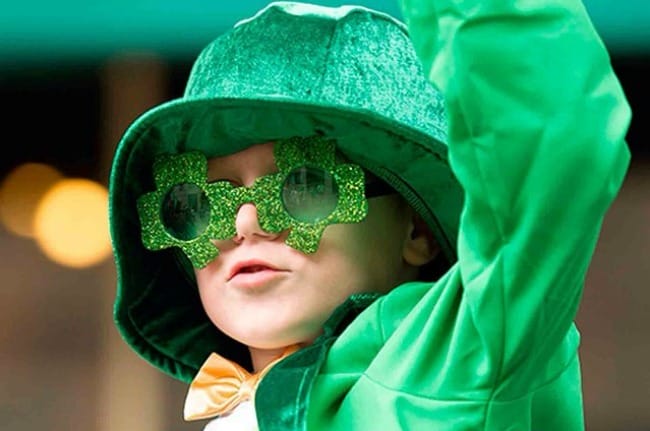
Since 2000, the ICSA has presented its annual St. Patrick’s Day Parade in downtown Little Rock. The parade has grown from 12 entries its first year to over 100 in 2016. The 2017 parade is scheduled for Saturday, March 11, beginning at 1 p.m.
The parade is a fun, free and family-oriented community service event for the residents of central Arkansas and is intended to celebrate cultural diversity in Arkansas. It will also feature clowns, Irish Wolfhounds, antique cars, decorative floats and more.
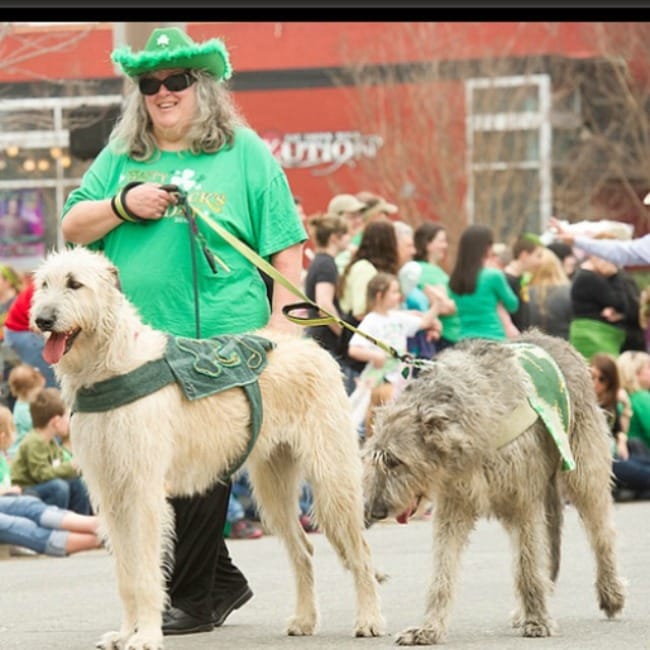
Participants are encouraged to get in the spirit of the day’s activities by marching in the parade in their Irish green. The Grand Marshals of the 2017 Parade are longtime ICSA members Anne and Michael Downes.
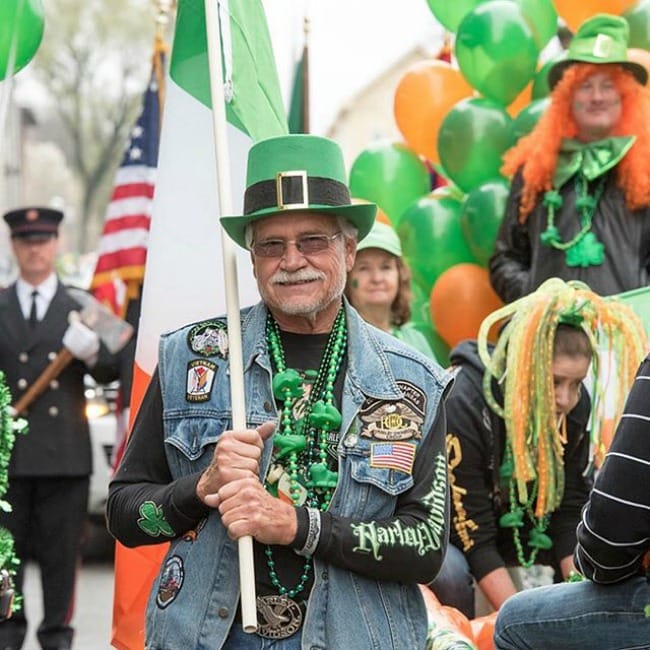
“Dancing at the Crossroads” will take place on the grandstand following the Parade. This event will feature musical performances by marching pipe and drum bands and traditional Irish dance performances by the McCafferty School of Irish Dance and the O’Donovan School of Irish Dance.
In addition to the St. Patrick’s Day Parade, the society hosts several events each month to which all are invited. Most often held at Dugan’s Pub or Hibernia Irish Tavern, which hosts an Irish traditional music session every Sunday. Monthly activities include trivia nights, Irish sessions and open mic events. Detailed information on those is available on the ICSA website.

Irish cultural and recreational events are also held each year in Hot Springs where the First Ever 14th Annual World’s Shortest St. Patrick’s Day Parade will be held March 17 at 4 p.m. with Grand Marshal Alfonso Ribeiro, star of TV’s “Fresh Prince of Bel-Air,” winner of “Dancing With the Stars” and host of the popular “America’s Funniest Home Videos.” You can start your celebration March 16 at the grand opening of the new O’Kelley’s Irish Pop UP Pub on the front lawn of the Hot Springs Convention Center.
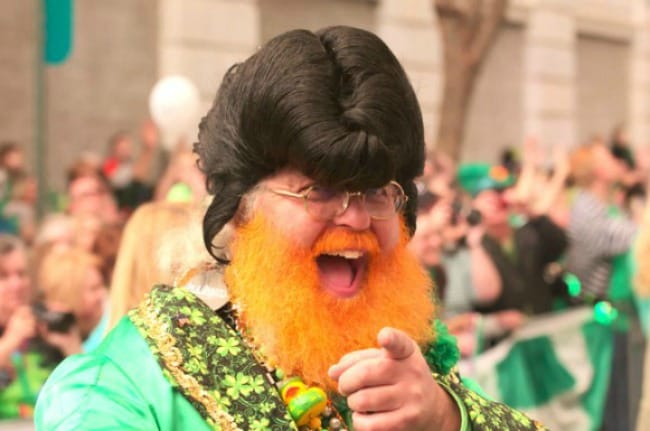
The world-famous Kissing of the Arkansas Blarney Stone Contest will be on the day’s schedule, with cash prizes to be awarded.
Not to be outdone by Central Arkansas, NWA’s RunBentonville will host its 6th annual Kiss Me I’m Irish 5K/10K race March 4 beginning and ending at the Bentonville Community Center, 1101 SW Citizens Circle. It’s more about putting the Irish in the race than running the race for this fun event. There is no race day registration so if you missed this year’s registration deadline, put it on your calendar for 2018.
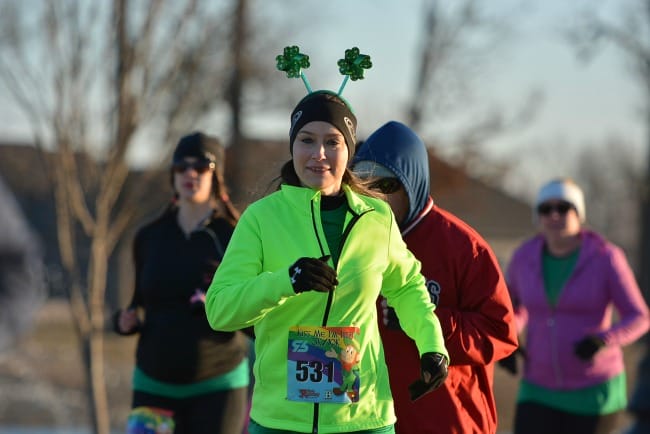
Our family will celebrate the Irish in us with some of our favorite Irish pub fare, including this Dubliner Guinness Beef Stew, which I hope you will enjoy as well.
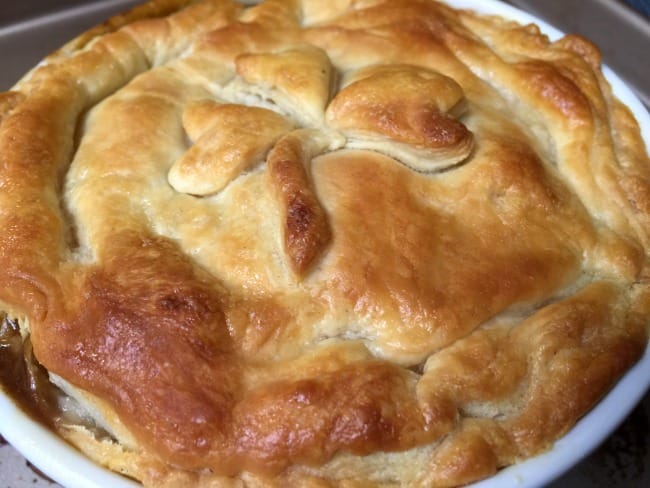
DUBLINER GUINNESS BEEF STEW {Slow Cooker}
Ingredients
- 3 Tablespoons olive or garlic-infused olive oil
- 2 pounds beef chuck, cut in 1-inch cubes
- 1/2 large onion, coarsely chopped
- 1 teaspoon Worcestershire sauce™
- 1 clove garlic, left whole
- 1-2 bay leaves
- 1 Tablespoon kosher salt
- 1 teaspoon freshly cracked black pepper
- 1/2 teaspoon smoked paprika
- 1/4 teaspoon ground cloves
- 1 Tablespoon tomato paste concentrate
- 1 teaspoon crushed thyme leaves
- 1 11.5-ounce bottle Guinness Extra Stout™
- 32-ounces beef stock
- 1 large cube Knorr™ beef bouillon
- 4 carrots, peeled and cut into 1-inch slices
- 2 rutabagas, peeled and cut into 1-inch slices
- 1 small turnips, peeled and quartered
- 4-5 small Irish potatoes, cut into 8 pieces each
- 8 ounces baby portobellos, stems removed and quartered
- 1/2 pound pearl onions, peeled and left whole
- 3/4 cup frozen English peas
- 1/2 cup Wondra™
- 1/2 cup chopped parsley
- 1 pound puff pastry, optional
- 1/4 cup heavy cream, optional
Directions
- In a large cast iron skillet or Dutch oven, head olive oil over medium=high heat.
- Brown beef chuck in hot olive oil, turning often to brown on all sides.
- Remove beef to paper towels to drain. Add in chopped onion and sauté until onion is softened.
- Place beef in slow cooker insert; turn heat to LOW.
- Add onion, Worcestershire sauce, garlic, bay leaves, salt, pepper, paprika, cloves, tomato paste, thyme, Guinness, beef stock and bouillon cube. Cook on LOW 5 hours.
- Add carrots, rutabagas, turnips, potatoes, portobellos and pearl onions. Cook on HIGH 2 hours until vegetables are tender.
- Whisk together 1/2 cup Wondra™ and 1 cup of the beef stew broth until smooth. Slowly whisk this mixture into stew until smooth. Cook on HIGH 1 hour until broth is thickened.
- Add parsley and season to taste.
The stew is ready to eat at this point. If you wish, you can make it a bit more festive by topping individual servings with puff pastry.
- Preheat oven to 400°F.
- Spoon stew into ovenproof ramekins and allow to cool 15 minutes which you prepare the puff pasty.
- Cut the puff pastry to fit and press lightly onto the top of each ramekin. Cut pieces to create a shamrock shape, if you desire. Brush the backs of each piece of the shamrock with a touch of heavy cream to act as a “glue,” Place shamrocks on the puff pastry topped ramekins.
- Brush puff pastry lightly with heavy cream. Place ramekins on foil-lined baking sheet and bake until golden brown, approximately 15-20 minutes.
- Remove from oven and allow to cool 10-15 minutes before serving.
The stew may be prepared a day ahead and warmed before preparing ramekins. It may also be prepared in the oven or on the stovetop in a Dutch oven, adding all vegetables with the Guinness and beef stock. Slow cooking deepens the flavor of the stew in my opinion.
We do the work.
You check your email.
Sign up for our weekly e-news.
Get stories sent straight to your inbox!








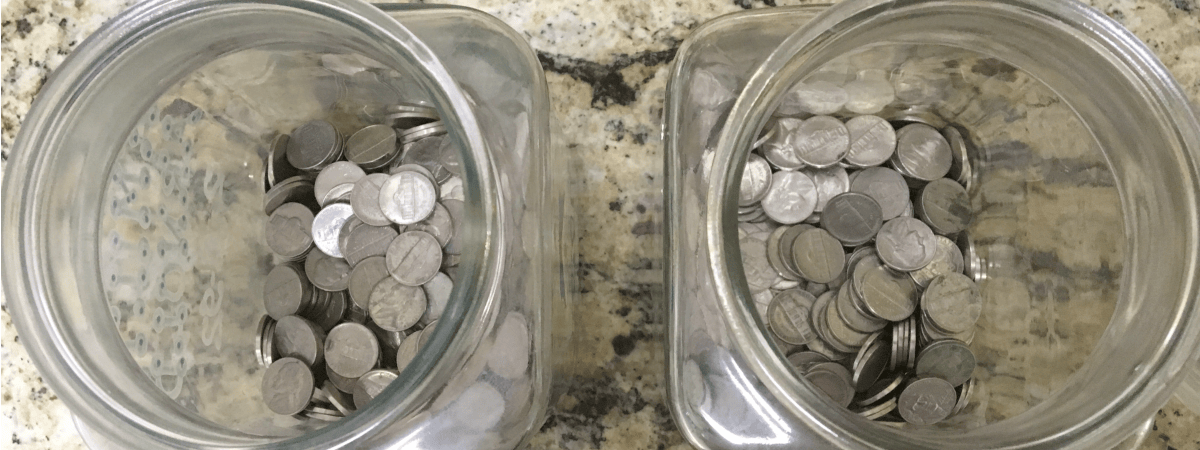


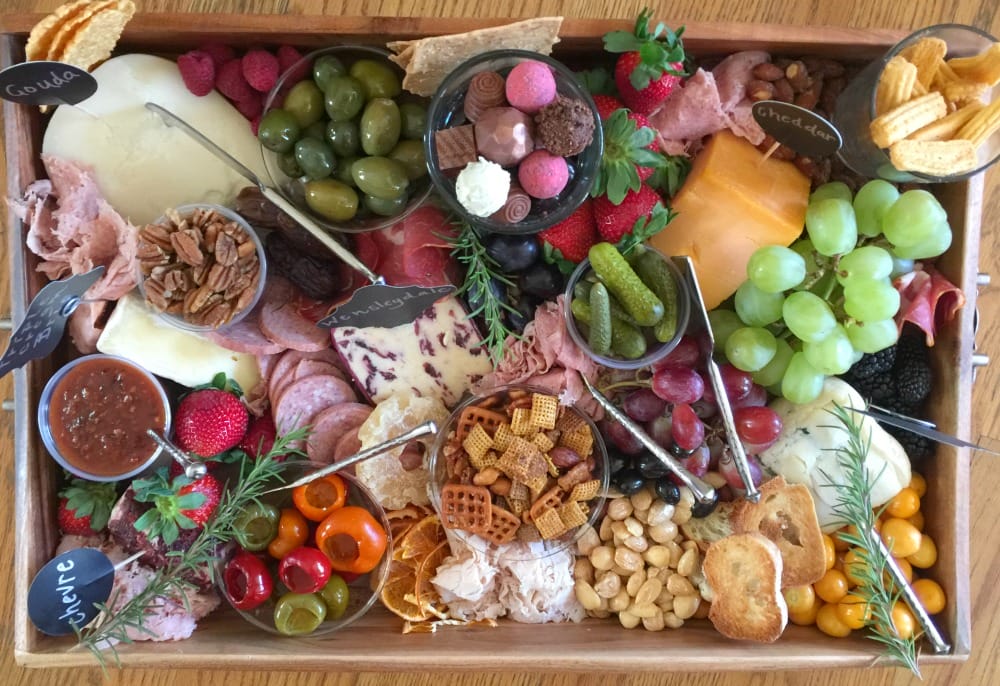
 Leave a Reply
Leave a Reply
[…] recent post for OnlyinArk is a nod to that Irishness in me and in my other “wannabee” and “really be” […]
[…] While you’re celebrating all things Irish, check out my #sponsored post on Irish in Arkansas for OnlyinArk.com. […]
[…] For many Arkansans, it’s not something we pretend to be; being Irish is knotted throughout the branches of our family trees. It’s in the stories we share and the longing for ancestral connections. Our names may not be O’Brien or O’ Sullivan, but we’re Irish nonetheless. READ MORE […]